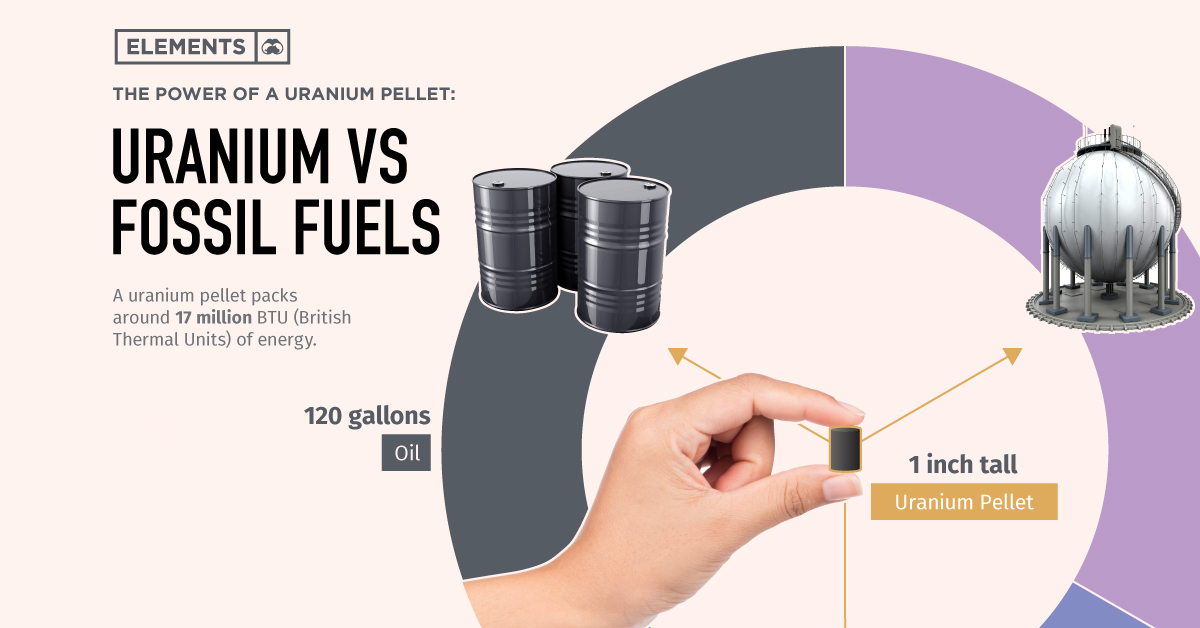

In a report from Adapt Consulting, prepared for Energy Norway, different conversion factors for electricity are presented (Annex 1) as well as an assessment of their impact on EU energy and climate goals (Annex 5). The second approach suggests a more holistic view, covering the whole life cycle back to the cradle, but according to the authors they do not result in great differences (10.8 MJ/kWh for the IEA (International Energy Agency) approach and 11.5–12.9 MJ/kWh for Ecoinvent approach). Here, the primary energy is defined as “the energy content of the fissile isotope in the natural uranium extracted from the mines”.

The second approach is found in the Ecoinvent database, commonly used in life cycle assessments. One refers to primary energy as the energy content in the turbine of the power plant, i.e., multiplying final energy (electricity) by 3, thereby assuming a life cycle energy efficiency of 33%. For nuclear power, two approaches are presented. In Section 2.3.2 of Reference, the authors discuss the primary energy content of nuclear, hydro, and wind power. Primary energy demand is one of these indicators, referred to as cumulative energy demand (CED). One study in Energy Policy discusses different energy indicators in relation to different electricity generation technologies. There are few references in scientific papers which actually elaborate on the issue. Primary energy of nuclear power is present in many scientific papers, but often just as an applied number in calculations or assessments. The results illustrate the poor resource efficiency of nuclear power, which paves the way for the fourth generation of nuclear power and illustrates the policy implication of using PEFs which are inconsistent with current waste management plans. These calculations indicate that a more correct PEF for nuclear power would be 60 (range 32–88) for electricity in Sweden (41% nuclear power) PEF would change from 1.8 to 25.5, and the average PEF for electricity in the European Union (EU) would change from 2.5 to 18. Based on a literature review and mathematical calculations of the power-to-fuel ratio for nuclear power, PEF values for the open nuclear fuel cycle (NFC) option of nuclear power and different power mixes are calculated. However nuclear waste represents an energy loss, as current plans for nuclear waste management mostly include final disposal. The PEF for nuclear power is typically 3, which refers to thermal energy released from fission in relation to electricity generated. The primary energy factor (PEF) is a figure describing how much energy from primary resources is being used per unit of energy delivered. Measuring resource efficiency can be achieved using different methods, of which primary energy demand is commonly used.


 0 kommentar(er)
0 kommentar(er)
